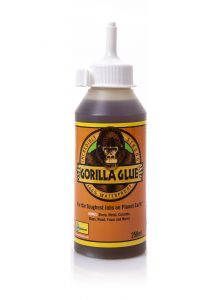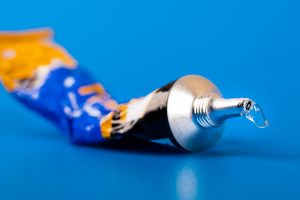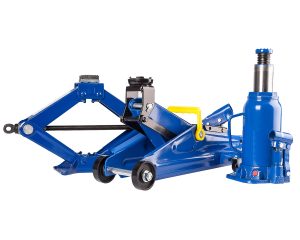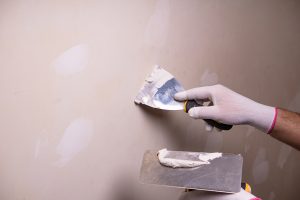For those who have shopped around for the strongest types of glue, you may wonder why if it is so strong that it does not stick to the inside of the bottle itself. It’s the type of question that many children will ask that will confound many adults who have never pondered why glue cannot stick to the inside of the bottle surface. The answer is pretty simple and requires a basic understanding of how polymers work.
Table of Contents
What are Polymers?
Most glue or adhesives are made up of polymers. These chemicals come in two basic forms, sticky and stretchy. The right combination of stickiness and stretchiness creates a powerful adhesive. The stretchiness allowed the glue to leave the bottle and be applied to the surface. While the stickiness lets the glue attach itself and over time bond with the materials, so they stay together.
But what keeps the polymers from simply sticking to the surface inside the bottle? The answer is the presence of water.
How Water Keeps the Glue from Sticking
When the polymers are being made and put into the bottle during the manufacturing process, water is added. The water acts as a solvent. In other words, the water prevents the polymers from hardening when inside the bottle. As long as the water is present, the glue will not start to stick and instead the polymers will remain in their liquid form.
Only when the glue comes out of the bottle does the water which keeps the polymers in their liquid state start to go away. This is a process known as evaporation.
Evaporation
When the water is exposed to the air, it begins to evaporate or change from a liquid to a gas. The speed in which the water evaporates may vary depending on the environmental conditions. But at some point, when the water fully evaporates the polymers will harden and hold surfaces together through a process known as mechanical adhesion.
That adhesion process cannot occur inside the bottle because there is not enough air to cause the evaporation process to begin. The result is that the polymers which make up the glue stay in a wet state until the water inside goes away.
Chemical Adhesion
You may have noticed that certain types of glue harden rapidly when they leave the bottle or container. The adhesion process is considerably faster compared to standard white glue. This is because the glue is undergoing a process known as chemical adhesion.
Glue that uses cyanoacrylate instead of polymers will start to harden after leaving the bottle due to being in contact with the water vapor in the air. In essence, chemical adhesion works in reverse compared to mechanical adhesion. The glue is kept in a vacuum inside the bottle and when released the contact with the water vapor starts the adhesion process.
And that is why the glue, whether it is made from polymers or cyanoacrylate, such as many super glues, does not stick to the inside of the bottle.
Walt moonlights as a handyman after getting off his busy job as a commodities trader. He enjoys writing about all things related to DIY, home improvement, etc.








